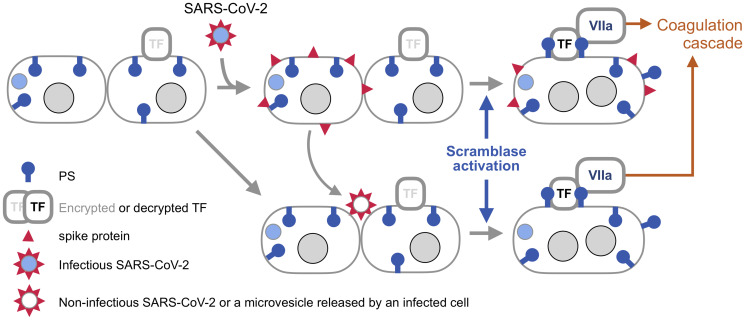Figure 2. Syncytia induced by SARS-CoV-2 spike as a platform for triggering blood coagulation cascade.
SARS-CoV-2 is covered by an envelope, which is fused to the cell membrane by spike once this protein is activated by binding to one of its receptors and processed by a membrane protease (both are not shown for simplicity). The infected cell produces viral components, including spike. Now, spike can fuse the membrane of the host cell with the membrane of an adjacent cell if that cell also has a spike receptor. Braga and colleagues [3] found that spike-induced cell fusion is associated with activation of TMEM16F, a scramblase that externalizes PS. This commentary proposes that PS externalized by spike enables the formation of the extrinsic tenase (Figure 1), the key trigger of blood coagulation cascade during viral infections. SARS-CoV-2 spike can also fuse cells if the virus is not infectious, or even if spike is incorporated into membrane vesicles, [22] like extracellular vesicles released by infected cells. This mechanism is known as fusion from without [21], as the viral particle or a vesicle provides a bridge between the membranes. Because syncytia produced by this mechanisms are not infected with SARS-CoV-2 in this case, their origin may be difficult to trace. Note that TF is encrypted, meaning that it is unable to activate FVIIa, until it is de-encrypted by externalized PS [10].

